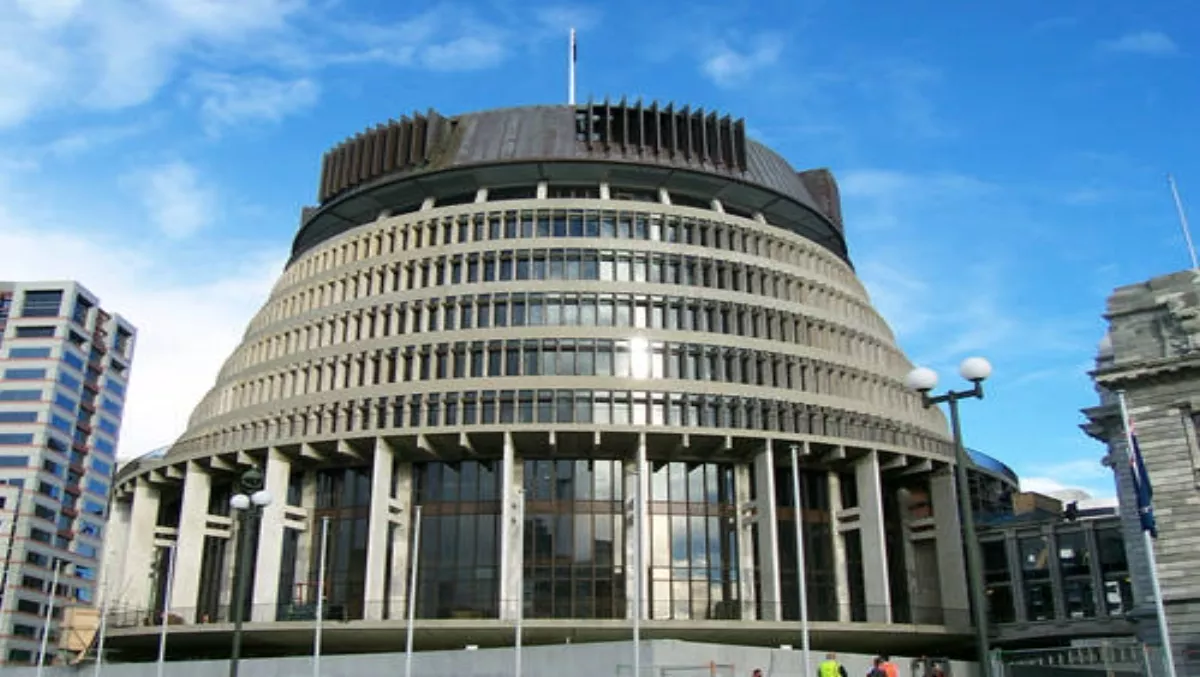
Fibre Watch: We have a plan
The National Infrastructure Plan, released this week and available for download here, outlines how the Government plans to spend $17 billion on infrastructure over the next four years.
Only four of the document’s 68 pages are devoted specifically to telecommunications infrastructure. But given the Government’s planned telco spend-up amounts to $1.5 billion of the total, that proportion of coverage in the overall plan is probably about right.
So what does the plan say about the telco industry? Firstly that there are two key issues facing the sector: a lack of "timely or sufficient” investment in infrastructure and the ongoing challenge of ensuring industry regulation keeps pace with technology and market developments.
The plan’s authors then go on to present a concise summary of the current state of the telco sector, reminding us that it is an industry which is growing in importance to the nation’s overall productivity, and will continue to do so.
The problem this presents is that private sector investment is lagging behind the need to develop the infrastructure required to deliver the required productivity boost. Hence the Government’s $1.5 billion spend-up on the UFB and RBI initiatives.
"While there has been some investment in fibre networks in major urban centres in New Zealand, it is clear that the market has not been ready, or may not have adequate incentives, to build the infrastructure required to deliver fibre on scale quickly,” the plan says.
What has been the impact of this under-investment? The country’s expenditure on telco infrastructure as a percentage of GDP is below the OECD average. Our advertised broadband download speeds are middling whilst the cost of local broadband and mobile phone services are at the top end of the OECD scale.
"Significant regulatory changes have increased competition in the sector, however maintaining a regulatory regime flexible enough to keep pace with changes in technology is likely to be an ongoing challenge for the government,” the plan’s authors write.
This includes Government plans for a "fundamental review” of the Telecommunications Act scheduled to begin in 2016.
The document also sets out four key indicators for what "success” will look like under the telco infrastructure plan underpinned by the UFB and RBI. The indicators are: improvement in New Zealand’s consumer pricing rakings, higher broadband penetration rates, increased connection speeds and a "steady or increasing” rate of investment in telco infrastructure compared to the last decade.
Communications Minister Steven Joyce’s press release on the plan reiterated the Government’s stance on the importance of a fibre broadband network. Joyce also repeated the Government’s key UFB/RBI targets: the network roll-outs will deliver 100Mbps access to 75 percent of the population and 5Mbps or faster to 97.8 percent of households.
The national Infrastructure Plan isn’t a revolutionary or provocative document, but it does provide a useful a reference point for where we are today along with a framework for future telco sector development.
That framework, together with the targets Joyce has spelled out, provides us with a useful roadmap. Now it’s just a case of heading off on the journey.

